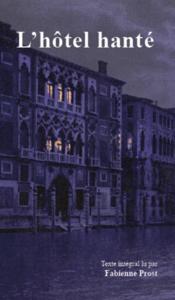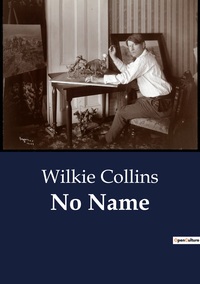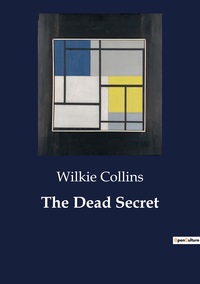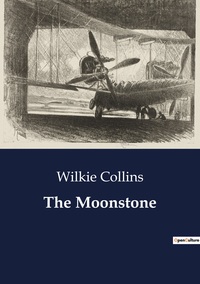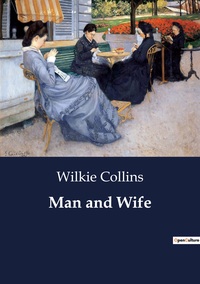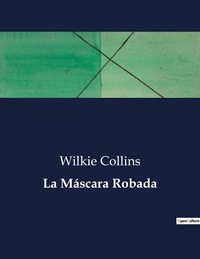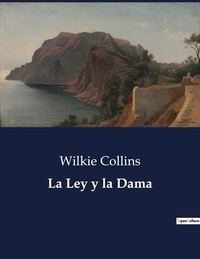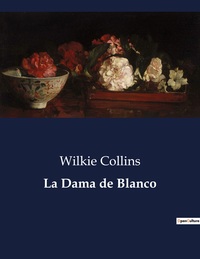Nous utilisons des cookies pour améliorer votre expérience. Pour nous conformer à la nouvelle directive sur la vie privée, nous devons demander votre consentement à l’utilisation de ces cookies. En savoir plus.
The Woman in White
EAN : 9791041807116
Édition papier
EAN : 9791041807116
Paru le : 3 juin 2023
34,95 €
33,13 €
Disponible
Pour connaître votre prix et commander, identifiez-vous
Notre engagement qualité
-
 Livraison gratuite
Livraison gratuite
en France sans minimum
de commande -
 Manquants maintenus
Manquants maintenus
en commande
automatiquement -
 Un interlocuteur
Un interlocuteur
unique pour toutes
vos commandes -
 Toutes les licences
Toutes les licences
numériques du marché
au tarif éditeur -
 Assistance téléphonique
Assistance téléphonique
personalisée sur le
numérique -
 Service client
Service client
Du Lundi au vendredi
de 9h à 18h
- EAN13 : 9791041807116
- Réf. éditeur : 300050
- Date Parution : 3 juin 2023
- Disponibilite : Disponible
- Barème de remise : NS
- Nombre de pages : 862
- Format : H:210 mm L:148 mm E:46 mm
- Poids : 1.09kg
- Résumé : The Woman in White tells the story of Walter Hartright, a young and impoverished drawing teacher who falls in love with his aristocratic pupil, Laura Fairlie. He cannot hope to marry her, however, and she is married off against her will to a baronet, Sir Percival Glyde, who is seeking her fortune. The terms of her marriage settlement prevent Glyde accessing her money while she lives, so together with his deceptively charming and cunning friend, Count Fosco, they hatch an unscrupulous deception to do so nonetheless. In an early 19th Century version of "identity theft," they contrive to fake Laura's death and confine her to a mental asylum. Their plot is eventually uncovered and exposed by Hartright with the help of Laura's resourceful half-sister, Marian Halcombe. The Woman in White was the most popular of Wilkie Collins' novels in the genre then known as "sensation fiction." It has never been out of print and is frequently included in lists of the best novels of all time. Published initially in serial form in 1859-60, it achieved an early and remarkable following, probably because of the strength of its characters, in particular the smooth and charming but utterly wicked villain Count Fosco, and the intelligent and steadfast Marian Halcombe opposed to him.


